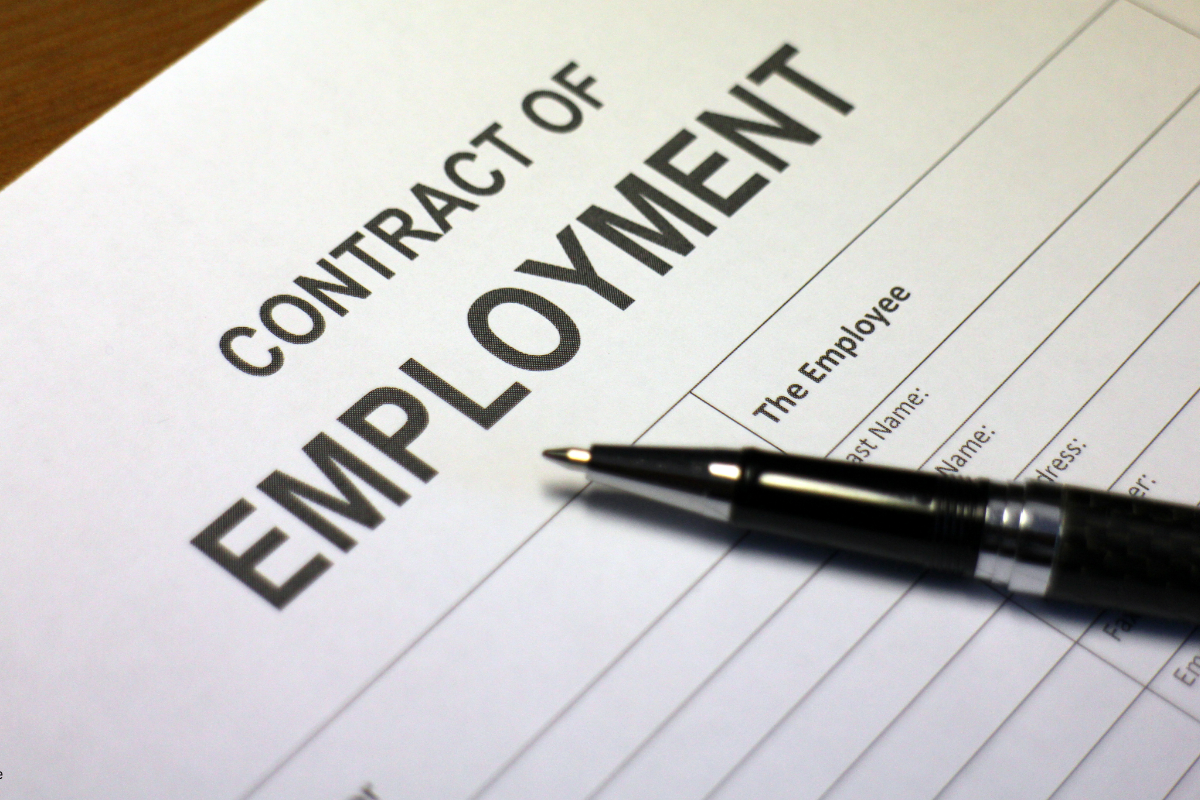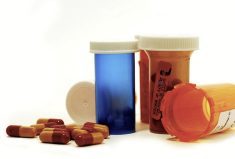Medical marijuana has been in the news a lot recently, as has legalizing its recreational use.
There is a difference, though. With a medical document from a physician or nurse practitioner, you can now obtain marijuana for medical purposes from a licensed producer, and you can have it delivered directly to your home.
In this new regulatory environment, the indication or reason for the medical use is determined by the prescriber in their professional judgment.
Besides obtaining marijuana from a licensed producer for health reasons, you can grow your own or obtain your supply from a designated person, although both these options are also regulated.
Read Also

Employment Agreements Can Help Protect Your Farm
Entering into employment agreements with each of your farm employees should be at the top of every farm’s “to do” list, but caution must be exercised.
The emphasis is on safety, quality, security, labelling, and even reporting. The system is similar to how you obtain a prescription drug.
So, you may be able to get marijuana. But that still leaves the big question: How effective is it?
There are hundreds of reported uses, including for pain, seizures, anxiety, multiple sclerosis, muscle spasms, glaucoma, post traumatic stress syndrome, insomnia and nightmares, and nausea.
Unfortunately, research is limited because as a plant, marijuana characteristics vary from crop to crop, and without patent protection, companies are less likely to invest in research.
The active ingredients in marijuana are the cannabinoids. Tetrahydrocannibiol or THC is the psychoactive component while cannabidiol or CBD is the non-psychoactive component.
With medical marijuana, you need a higher concentration of CBD to obtain the health effects rather than the psychoactive ones. While THC and CBD have been identified, there are also more than 470 other components, some of which are other cannabinoids.
Medical marijuana uses plant extracts including dried leaves and oil. However, there are two synthetic cannabinoids that are manufactured by pharmaceutical companies.
Nabilone is used for nausea and vomiting associated with cancer chemotherapy, and nabiximols are indicated as an adjunct analgesic for nerve pain associated with multiple sclerosis or advanced cancer.
Neither is used very often as there are often more effective options.
Adverse effects can include a dry mouth, sedation, orthostatic hypotension, inco-ordination and dizziness.
Because marijuana affects the nervous system, anxiety, agitation, confusion, sedation, altered perception and cognitive dysfunction are also potential effects. The elderly, that is people over 60 years of age, are more susceptible to these effects, as they are to any side effects, and their risk for falls increases.
Smoking marijuana means that you are inhaling the plant components at high temperatures which can result long term in lung damage.
Pregnant women and nursing mothers should not use medical marijuana. The nervous systems of younger people have not fully developed, and any marijuana use can have an impact on this development. If you take sedatives or anti-anxiety drugs, medical marijuana can worsen your health. And if you have coronary artery disease, respiratory disease, schizophrenia, a bipolar disorder, or mood or anxiety problem, cannabinoids can complicate your condition.
And, of course marijuana can have an impact on your driving ability, so don’t “smoke” and drive.
With time, medical marijuana may be better understood, and may even become a part of treatment regimes. Time will tell!















